🌱 Plants to Propagate in September

L.J.
Environmental Advocate
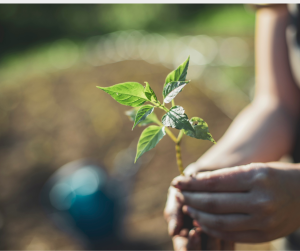
Affiliate links included: I may earn a small commission if you buy through them — at no extra cost to you.
Table of Contents
🍂 September Propagation: Multiply Your Garden the Natural Way
As summer fades and the soil still holds warmth, September offers the perfect window to propagate your favourite plants. Whether you’re dividing clump-forming perennials, taking semi-ripe cuttings, sowing hardy seeds, or layering fruit bushes for next year’s bounty — this month is all about gentle multiplication.
✂️ Semi-Ripe Cuttings
This method suits many shrubs and perennials. It uses plant stems that are firm at the base (older growth) but still soft and flexible at the tip (new growth).
The idea time to take semi-ripe cuttings is Late Summer to Mid-Autumn
Semi-Ripe Cuttings
can be taken from:
- Berberis
- Box hedge
- Buddleja
- Camellia
- Forsythia
- Fuchsia
- Geraniums (pelargoniums)
- Hebe
- Hydrangea
- Lavender
- Passionflower
- Penstemon
- Rosemary
- Sage
- Salvia
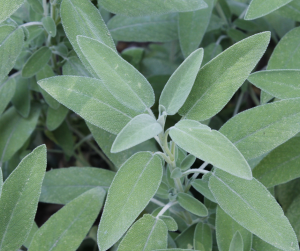
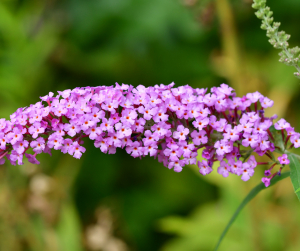
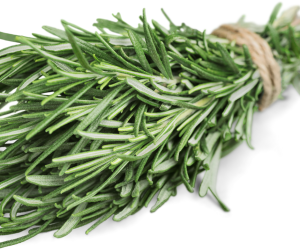
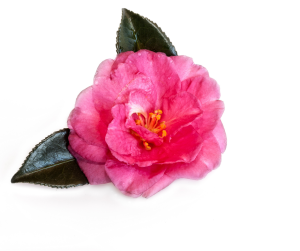

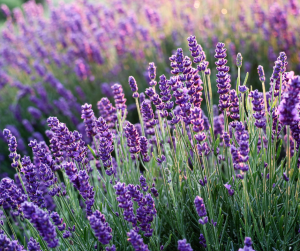
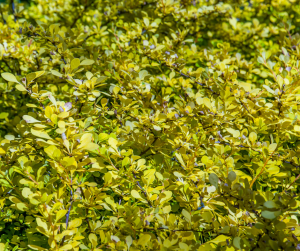
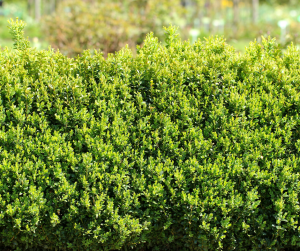
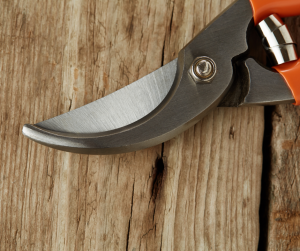
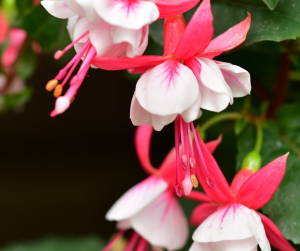
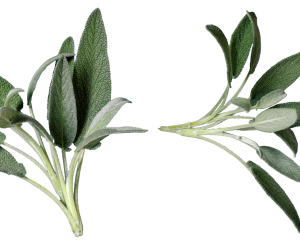
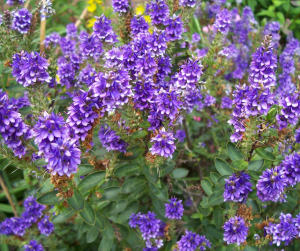
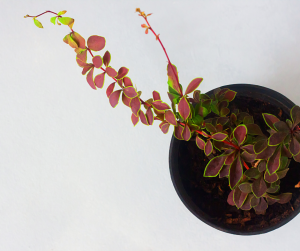
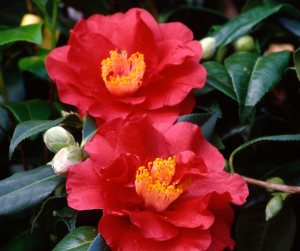
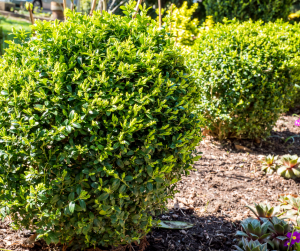
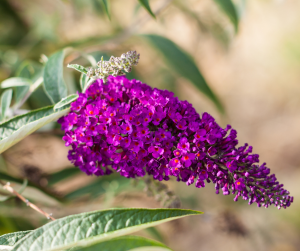

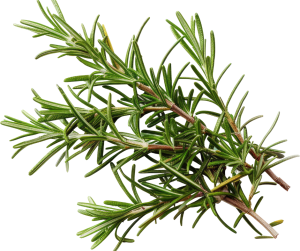
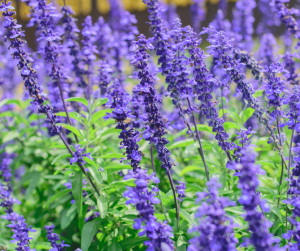
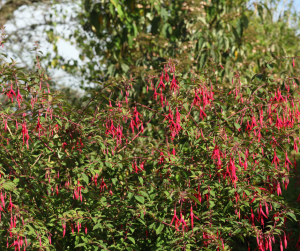
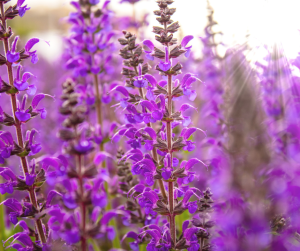
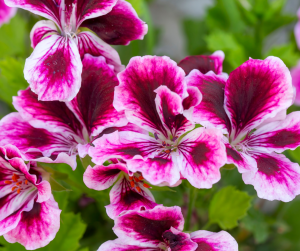
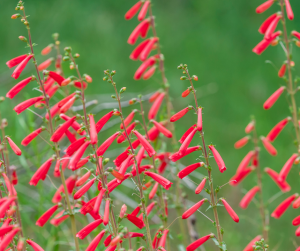
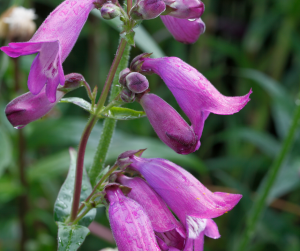
🌿 Step-by-Step Method
Step 1: Select healthy, non-flowering shoots
Step 1: Select healthy, non-flowering shoots
- Look for stems that are firm at the base and soft at the tip
- Best taken in the morning when plants are hydrated
Step 2: Cut below a leaf node
Step 2: Cut below a leaf node
- Take 7–10 cm cuttings
- Remove lower leaves and soft tip if floppy
- Leave 2–3 leaves at the top
Step 3: (Optional) Dip in rooting hormone
Step 3: (Optional) Dip in rooting hormone
- Especially useful for woody or slow-rooting plants
Step 4: Insert into compost
Step 4: Insert into compost
- Use a dibber or pencil to make holes
- Firm gently and water lightly
Step 5: Cover to retain humidity
Step 5: Cover to retain humidity
- Use a clear bag or propagator lid
- Keep in bright, indirect light—not direct sun
Step 6: Monitor and mist
Step 6: Monitor and mist
- Check regularly for rot or dryness
- Roots usually form in 4–8 weeks
Why Take Cuttings
Rejuvenates older plants by encouraging fresh growth
Expand your garden for free -or share with friends
Preserve varieties that may not come true from seed
➗ Plant Division
Plant division is a simple propagation method ideal for herbaceous perennials- like ornamental grasses, and clump-forming plants.
It involves lifting mature plants and splitting them into smaller sections, each with its own roots and shoots.
September is an ideal time to divide:
The soil is still warm, helping new divisions establish roots before winter. Plants are also entering dormancy, making them easier to handle and less prone to stress.
🔁 Herbaceous Perennials that can be divided:
Why Divide
Rejuvenates tired clumps
Multiplies plants for free
Improves airflow and plant health
- Agapanthus
- Asters
- Hemerocallis (Daylilies)
- Eryngium (sea holly)
- Geraniums
- Helleborus
- Hosta
- Iris
- Ornamental grasses
- Primula (Primrose)
- Rudbeckia (Black-Eyed Susan)
- Salvia
- Sedum (Stonecrop)
- Verbena
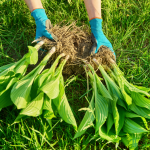
How to Divide Your Herbaceous Perennials
➗ How to Divide Herbaceous Perennials
- Lift the plant clump
Using a fork, gently loosen and lift the entire plant preserving as much root system as possible.
- Split the rootball
Manually pull apart- with hands, or split with a clean knife/spade. Aim for healthy sections with shoots and roots.
- Tidy the sections
Remove dead growth, trim long roots to suitable length, and discard any woody or exhausted centres.
- Promptly Plant
Plant divisions at the same depth as before, water well, and mulch to help divisions establish.

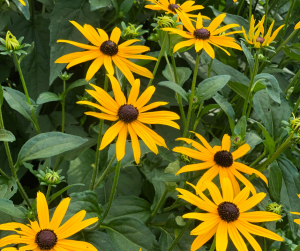

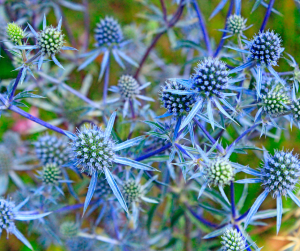
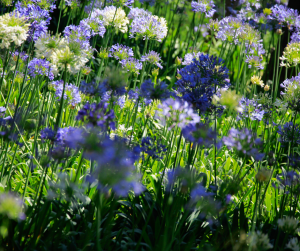
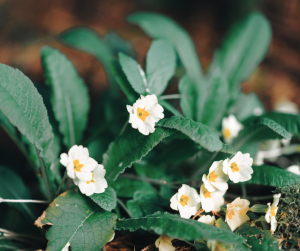

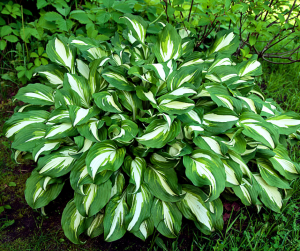
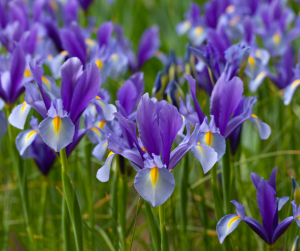
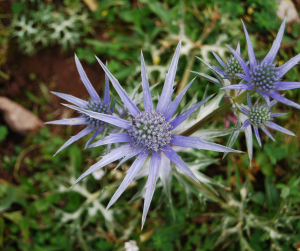
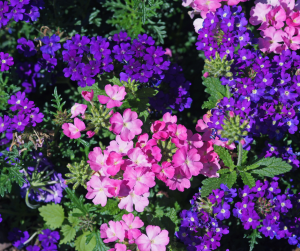
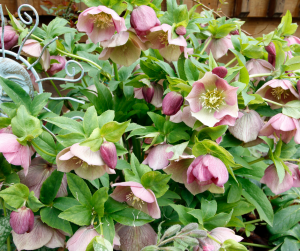
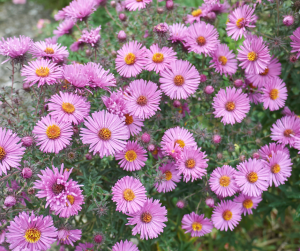
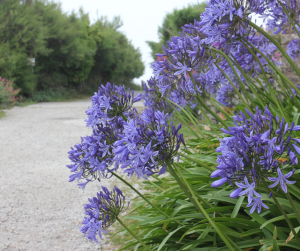
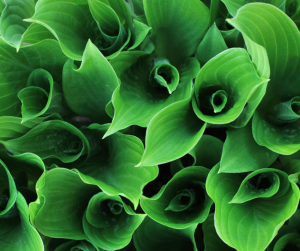
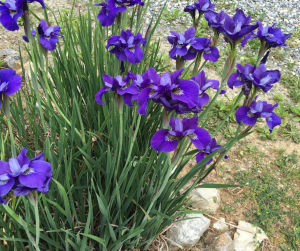
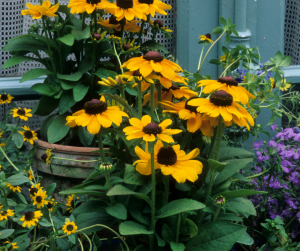
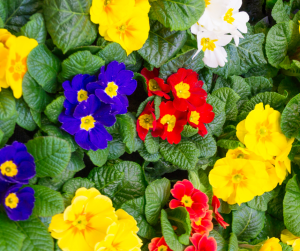
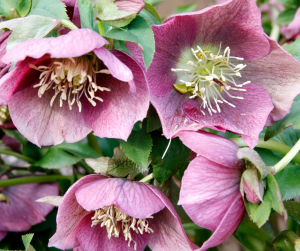
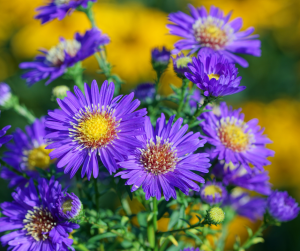
🪻Dividing Bulbs
Overcrowded spring bulbs can lose their spark — but a quick lift and split in September helps refresh clumps and multiply your display. The soil’s still warm, making it easy for divided bulbs to settle before winter.
Keep an eye out for offsets too — these baby bulbs form naturally and can be gently separated to grow on their own.
Offsets- Propagation Method
Offsets are small, naturally formed plantlets that grow at the base of a parent plant. They’re genetic clones, often produced by bulbous plants, succulents, and some perennials. Once mature, offsets can be gently separated and replanted to form new, independent plants.
🪻 Bulbs to Divide Now:
Daffodils
Crocus
Hyacinths
Snowdrops
Tulips
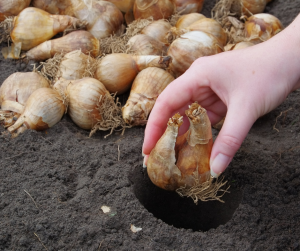
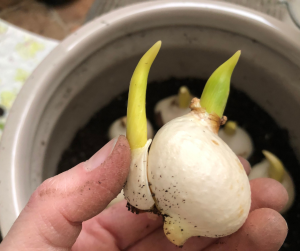
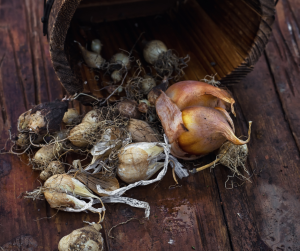
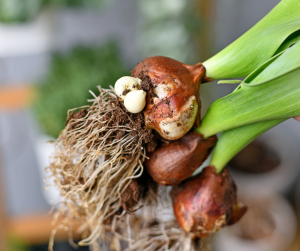
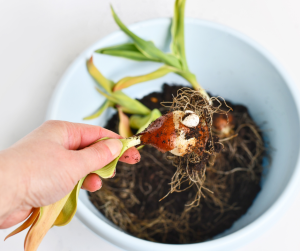
How to Divide Bulbs
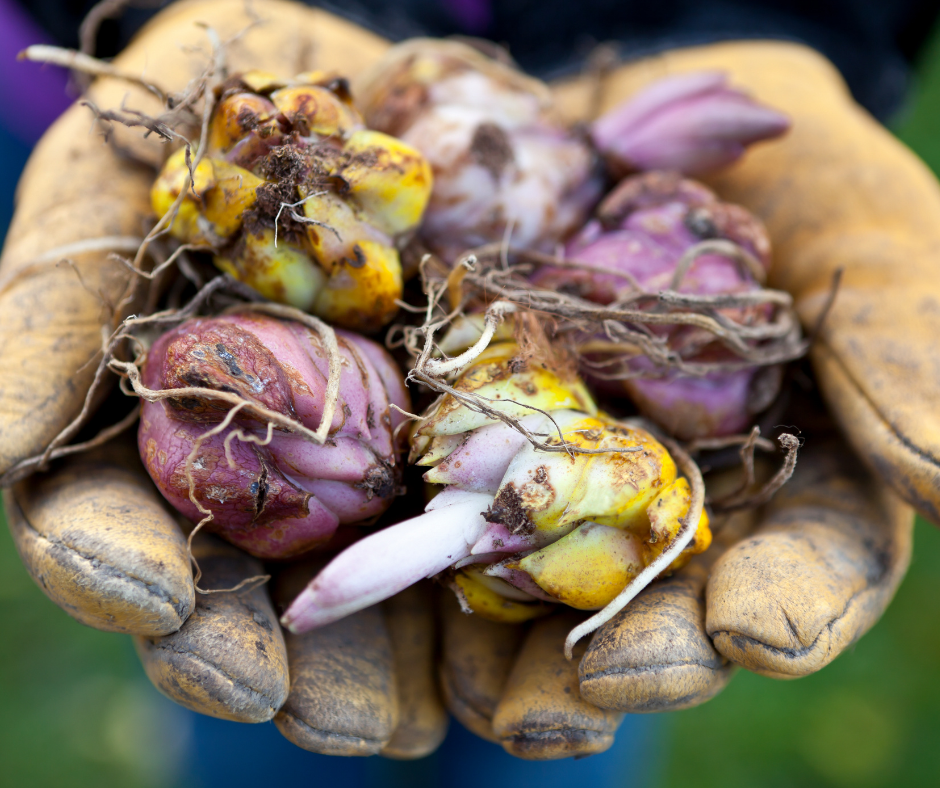
➗ How to Divide Bulbs (Step-by-Step)
- Wait for dieback
Let the foliage yellow and die back naturally — this feeds the bulb for next year.
- Lift the clump
Use a fork to gently loosen the soil and lift the bulbs without damaging them.
- Separate offsets
Brush off soil and split the clump — look for smaller bulbs (offsets) around the main one.
- Inspect and discard
Remove any soft, mouldy, or damaged bulbs.
- Replant or store
Replant healthy bulbs at the correct depth, or store in a cool, dry place until ready.
 Seed Sowing in September
Seed Sowing in September
September is a prime time to sow hardy perennials, biennials, and winter greens — warm soil and cooler air create ideal conditions for strong, steady growth. Whether you’re planning spring blooms or winter crops, sowing now sets your garden up for success.
🥬Vegetable Seeds to Sow:
Direct Sowing
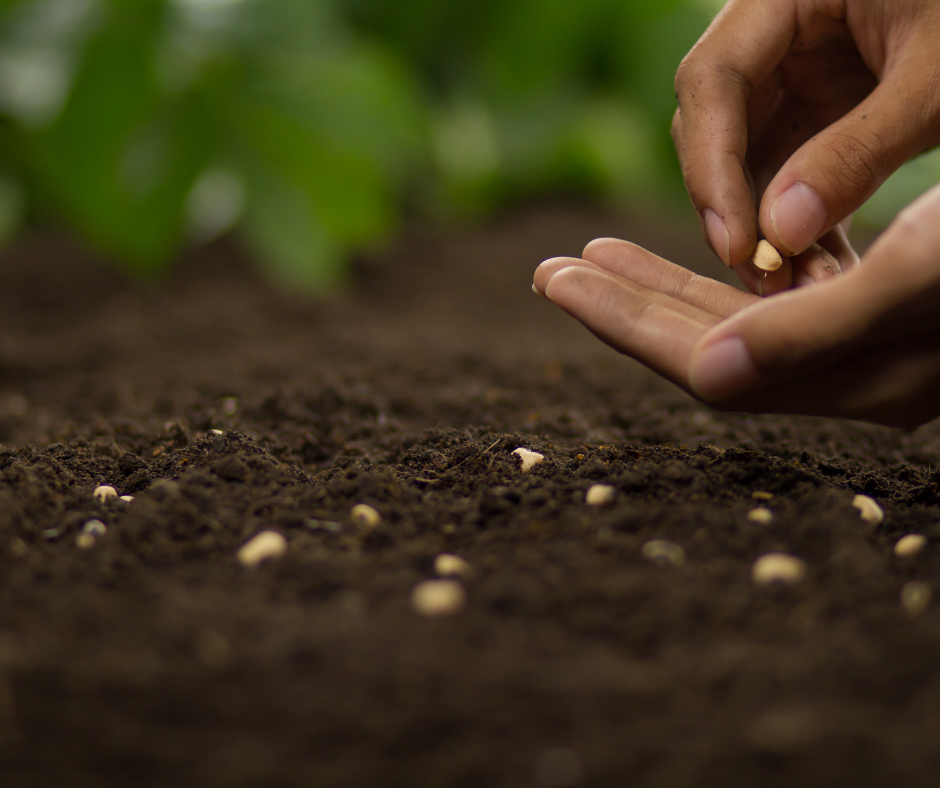
Direct Sowing: Seeds planted straight into outdoor soil.
Best for fast-growing or hardy crops:
Sow into well-prepared beds or containers.
Protect with fleece or cloches as temperatures drop
Module Trays
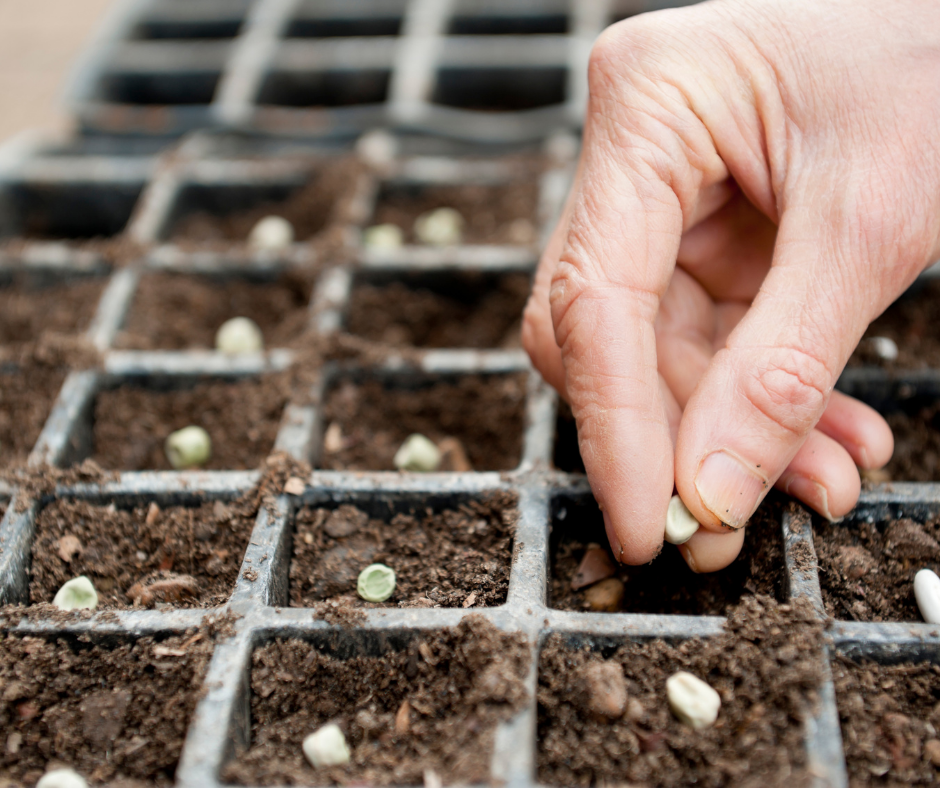
Module Trays
Ideal for transplanting later:
Start under cover and transplant when strong enough.
Under Cover
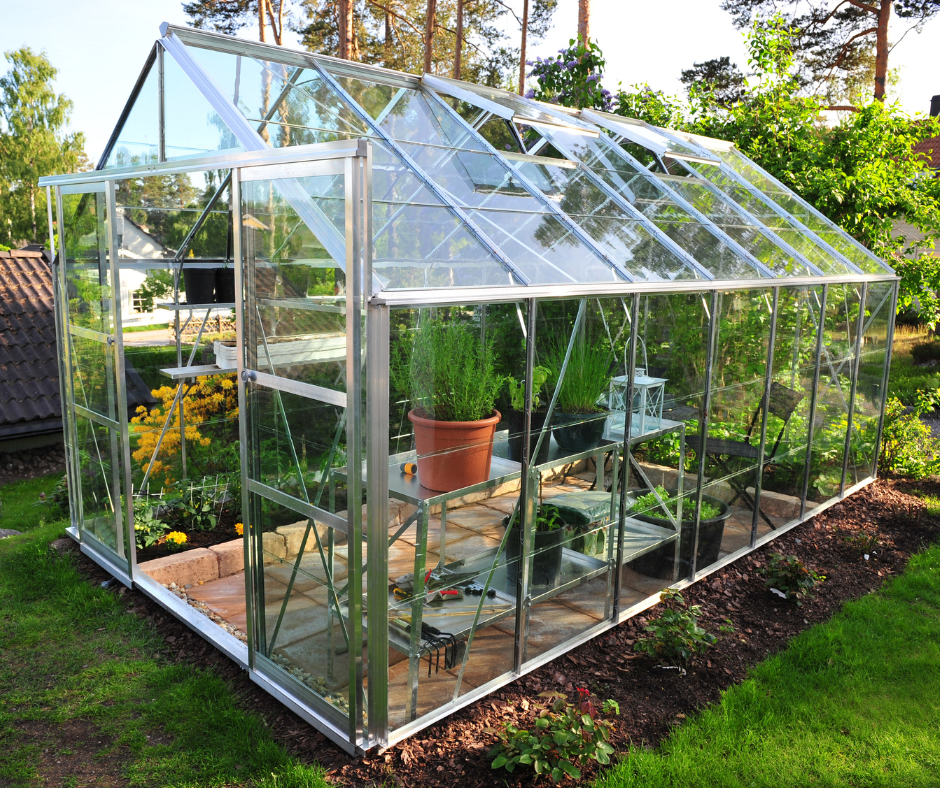
🌿 Under Cover: In Greenhouse, Cold Frame, or Windowsill
Extend the season for:
Sow in trays or gutters for transplanting or direct harvest.
Planting Cloves or Sets
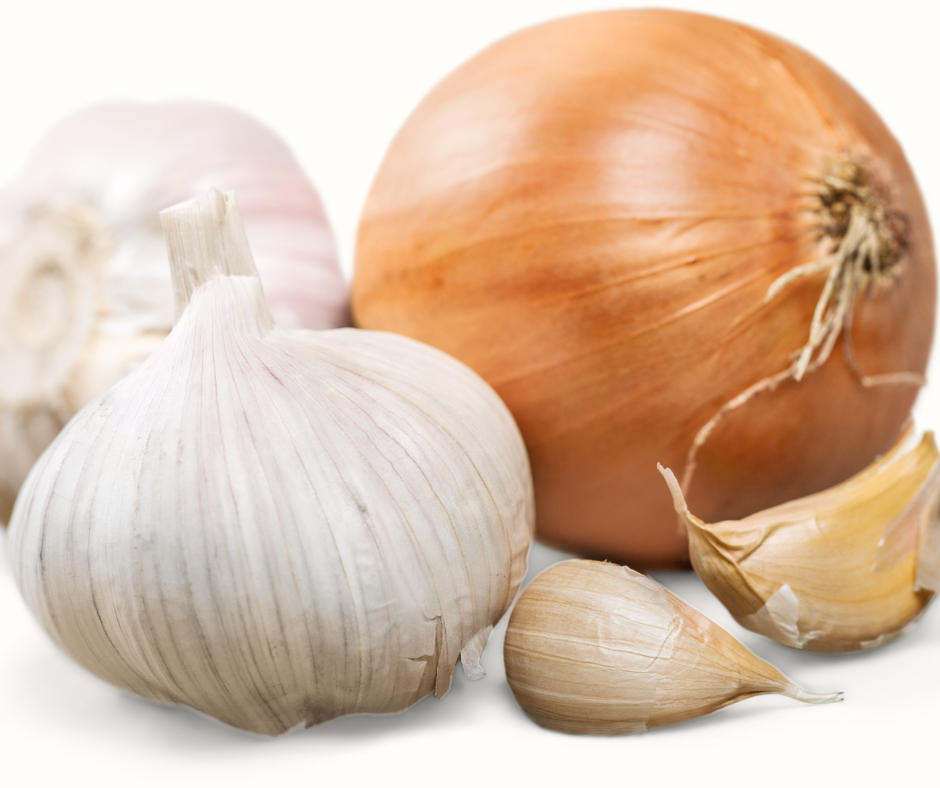
Planting Sets or Cloves
For overwintering crops:
- Garlic: plant cloves directly into beds
- Onion sets: push into soil 2 cm deep, 10 cm apart
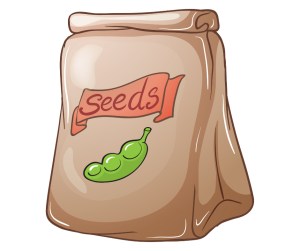
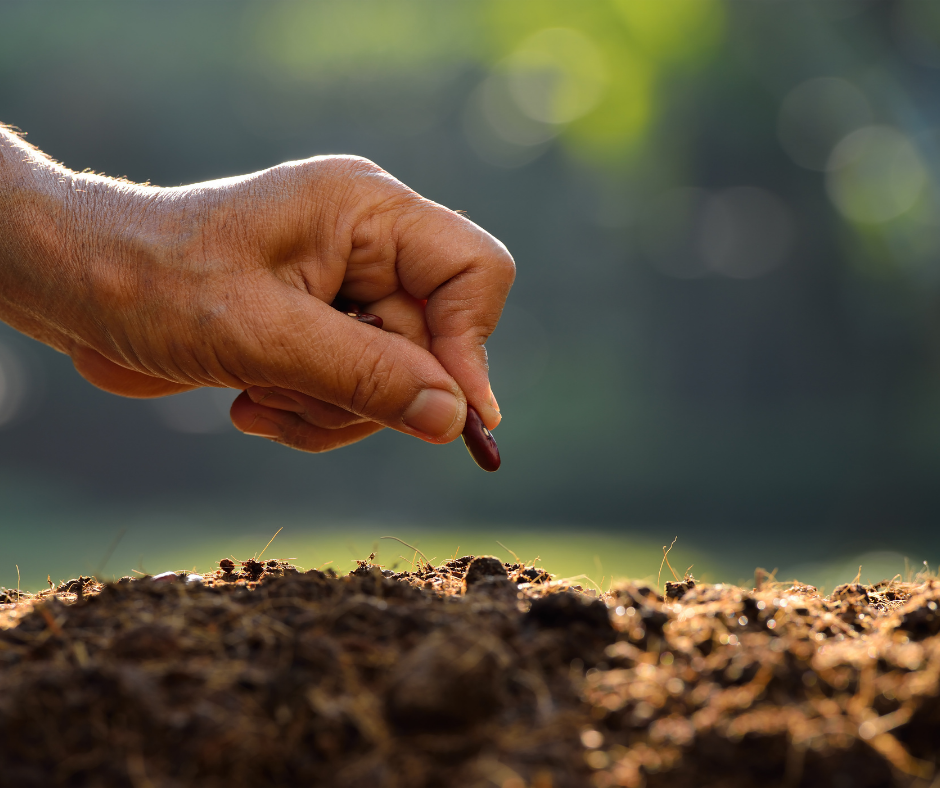
🌼Flower Seeds to Sow:
Direct Sowing

Direct Sowing: Seeds planted straight into outdoor soil.
Best for hardy annuals and wildflowers that can handle cooler nights.
Module Trays

Module Trays: Start in trays for staggered planting.
(Indoors or Cold Frame)
Ideal for biennials and perennials that need a head start or careful spacing.
- Foxglove
- Wallflower
- Sweet William
- Canterbury bells
- Aquilegia
- Echinacea
- Verbena bonariensis
- Geum
- Delphinium
- Viola
- Primula
- Lupins
- Erygium
Under Cover

🌿 Under Cover: In Greenhouse, Cold Frame, or Windowsill
Useful for slower germinators or tender types needing protection.
- Primula
- Viola
- Polyanthus
- Perennial wallflower (Bowles’s Mauve)
- Hollyhock
- Scabious
- Gaillardia
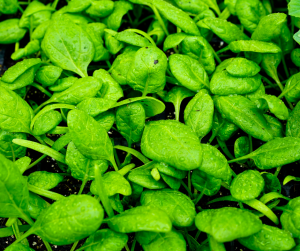
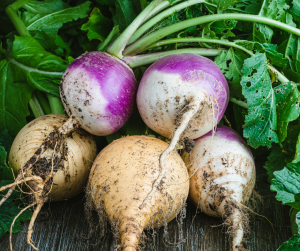
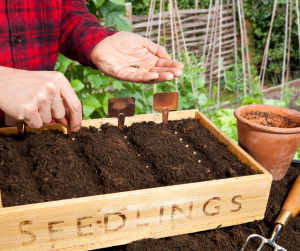
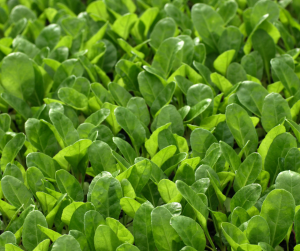
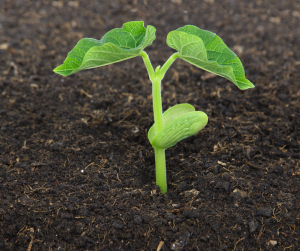
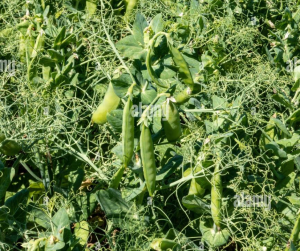
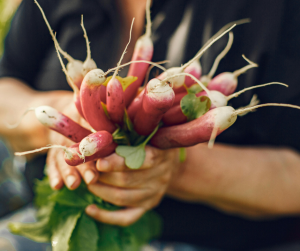
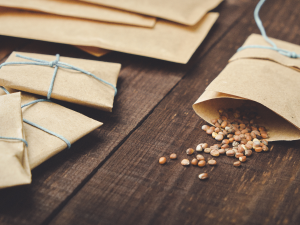
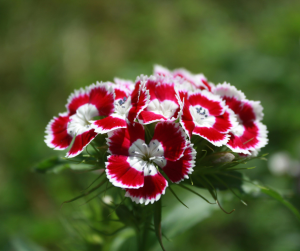
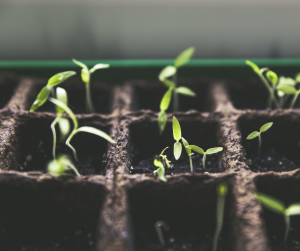
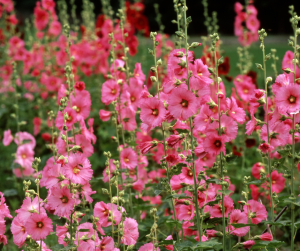
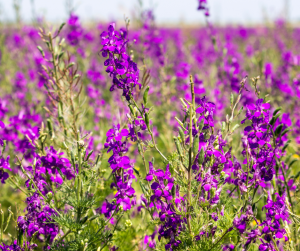
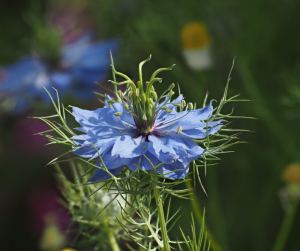
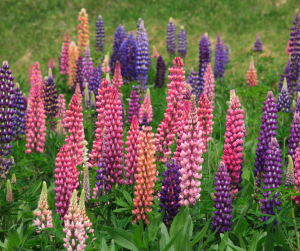
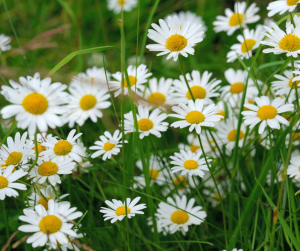
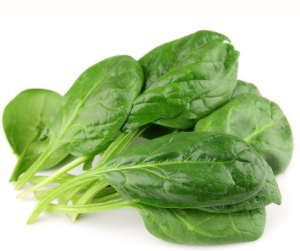
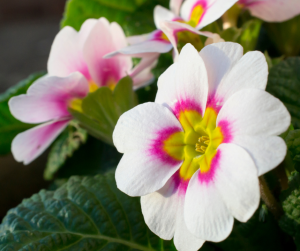
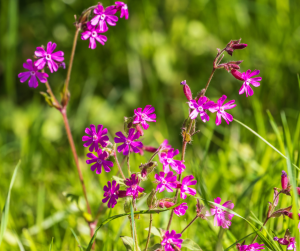
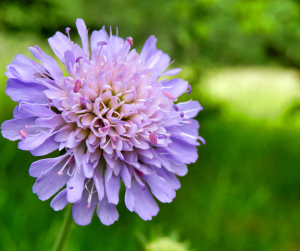
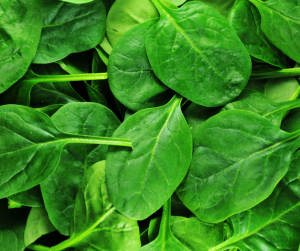
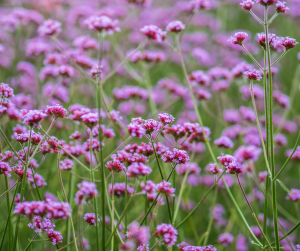
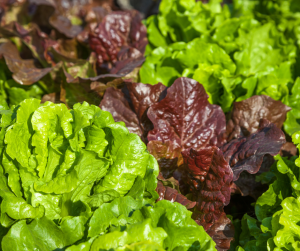
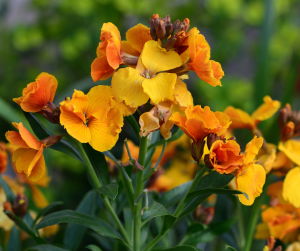

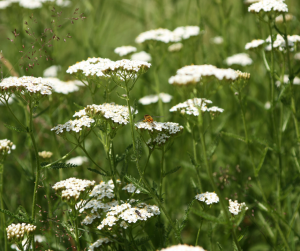
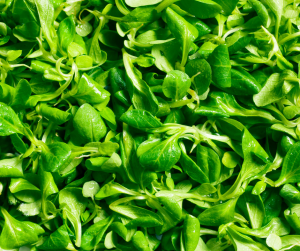
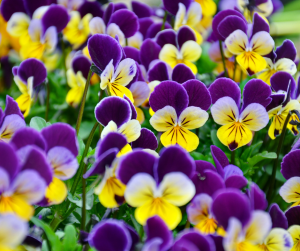

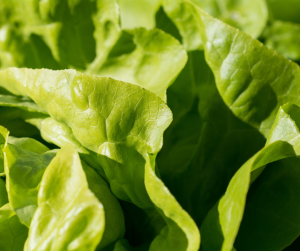
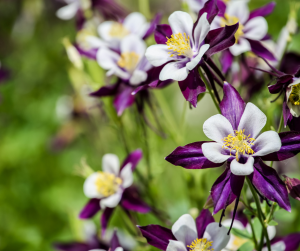
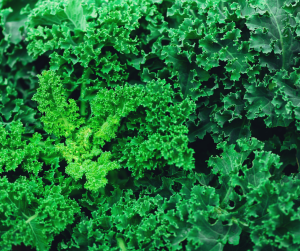
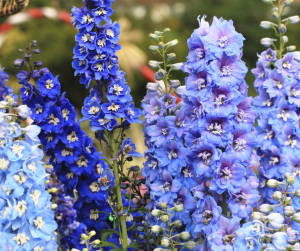
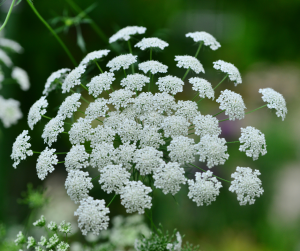
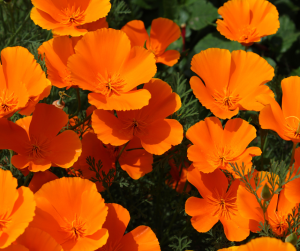
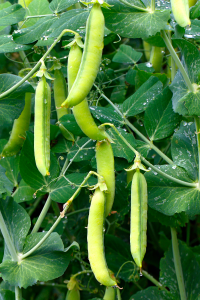
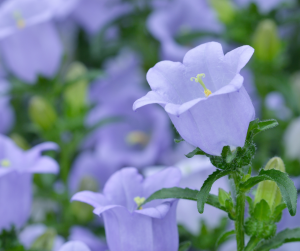
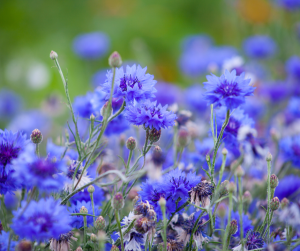

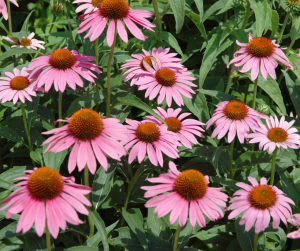
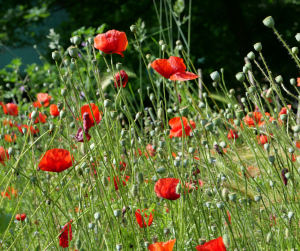
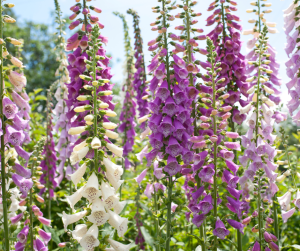
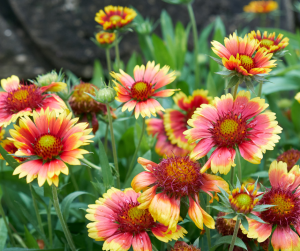
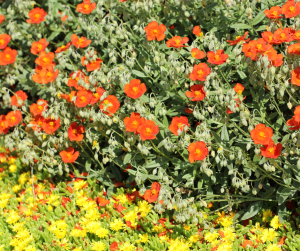
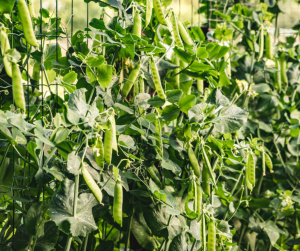
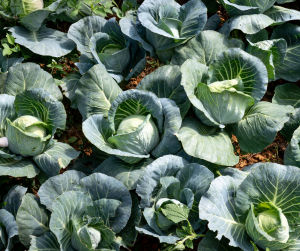
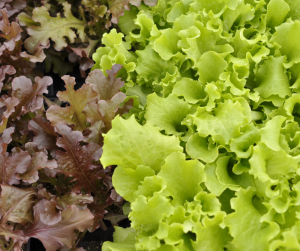

🔗 Propagate by Layering
Layering is a technique where a low-growing stem is bent down and anchored to the soil, encouraging it to form roots while still attached to the parent plant. Once rooted, the new plant can be severed and transplanted.
Easy-to-Layer Plants:
- Honeysuckle (Lonica)
- Hydrangea
- Hazel (Corylus)
- Jasmine (Jasminum officinale)
- Clematis
- Wisteria
- Forsythia
- Blueberry
- Raspberrries
- Blackberries

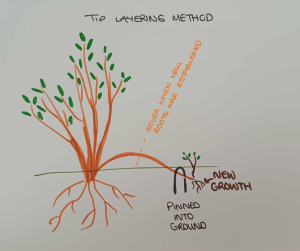
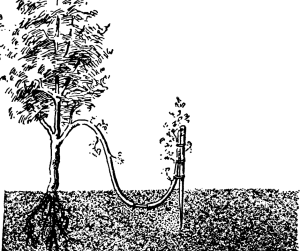
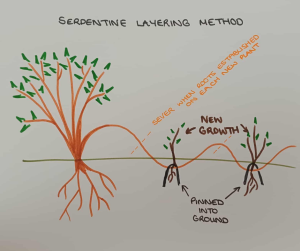
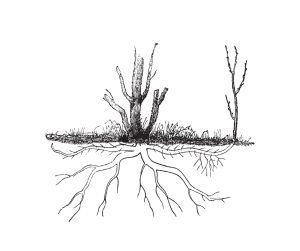
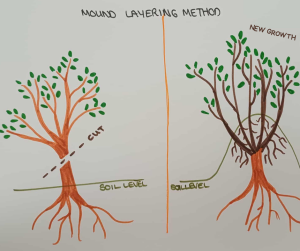
Simple Layering Method
Simple Layering Method (aka Ground Layering)
Ideal for shrubs and climbers with stems close to the ground.
- Bend a low, flexible stem to the ground
- Lightly wound the underside near a node
- Bury the wounded section 5–10 cm deep in moist soil or compost
- Peg it down and leave the tip exposed
- Roots form over autumn/winter; sever and transplant in spring
Best for: Hydrangea, hazel, blueberry, clematis, honeysuckle, and jasmine,
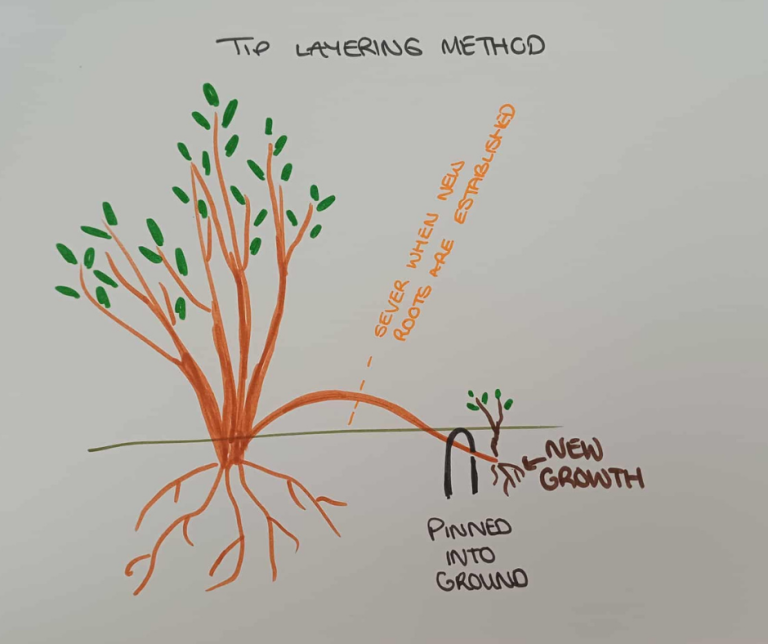
Mound Layering Method
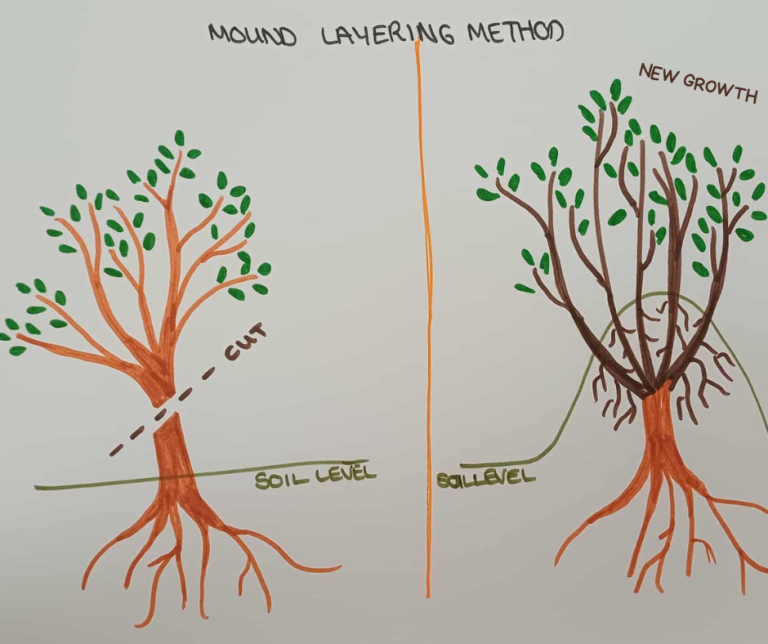
Mound Layering Method
Great for suckering or multi-stemmed shrubs—often used in nursery settings.
- Cut back the parent plant in early spring to encourage new shoots
- As shoots grow, mound soil or compost around their bases
- Roots form at the buried sections
- Separate rooted shoots the following autumn
Best for: Hazel, currants, gooseberries, some roses
Serpentine Layering Method
Serpentine Layering Method
Great for vigorous climbers or when you want more than one rooted section.
- Choose a long, flexible stem
- Wound slightly at several leaf nodes along the stem
- Bury multiple sections in soil, leaving loops and tips exposed
- Peg each buried section down
- Each buried node can form roots—creating multiple new plants
Best for: Clematis, wisteria, honeysuckle, jasmine
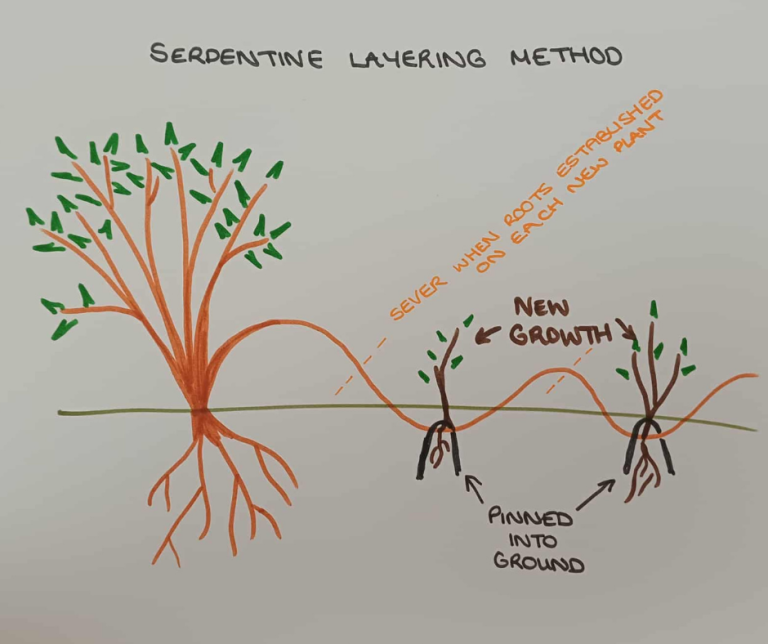
Tip Layering Method
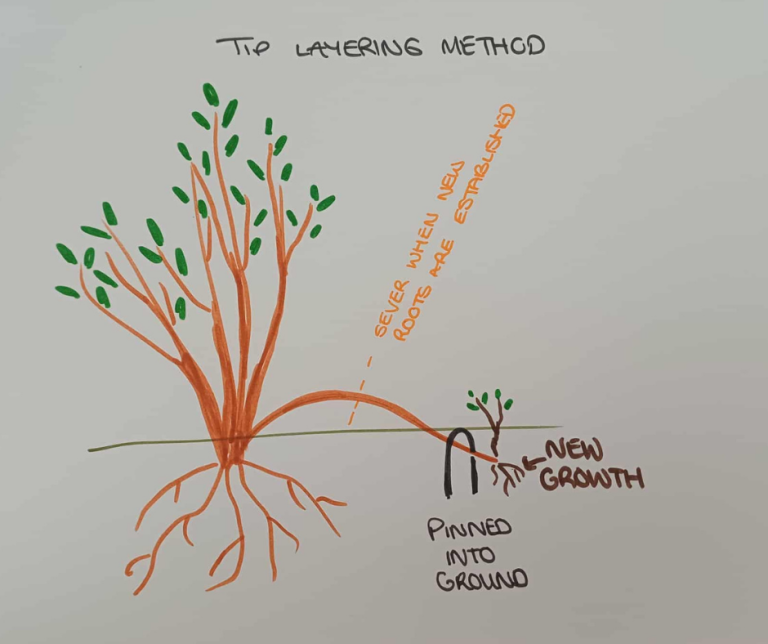
Tip Layering Method
Simple, fast, and ideal for naturally arching plants.
- Bend a long, flexible stem so the tip touches the soil
- Bury the tip 5–10 cm deep in moist compost or garden soil
- Secure with a peg or stone
- Leave the rest of the stem exposed
- Roots form at the buried tip over autumn/winter
Best for: Raspberries, blackberries, honeysuckle, jasmine
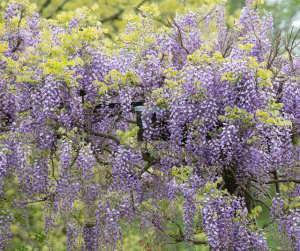
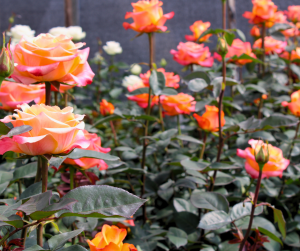
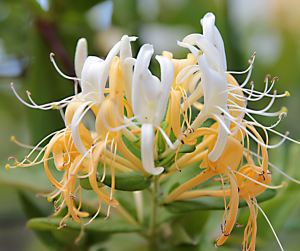
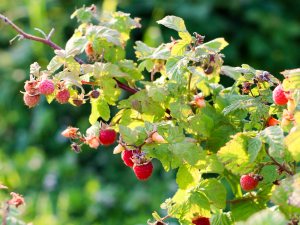
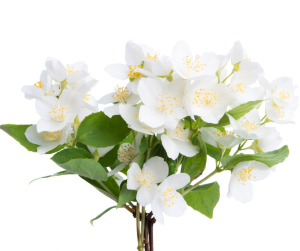
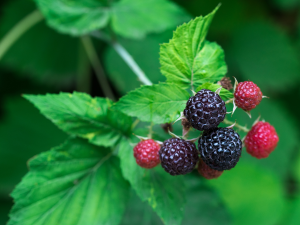
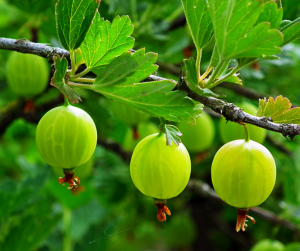
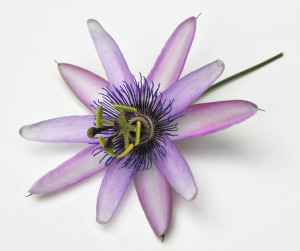
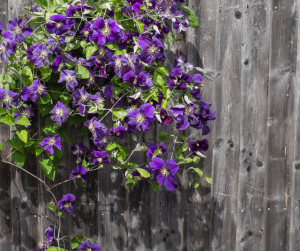
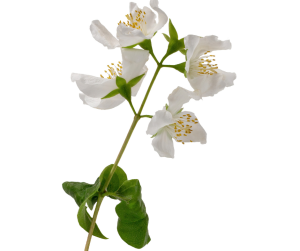
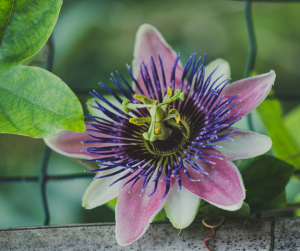
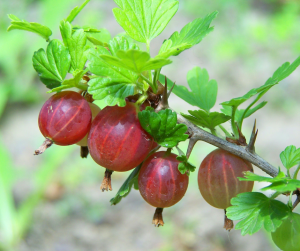
🌷Planting Spring Bulbs
This is the ideal time to plant your spring bulbs.
These include:
- Daffodils
- Crocuses
- Muscari (also known as Grape Hyacinth)
- Chionodoxa
- Alliums
- Snowdrops
- Snake’s Head Fritillaries
- Camassia
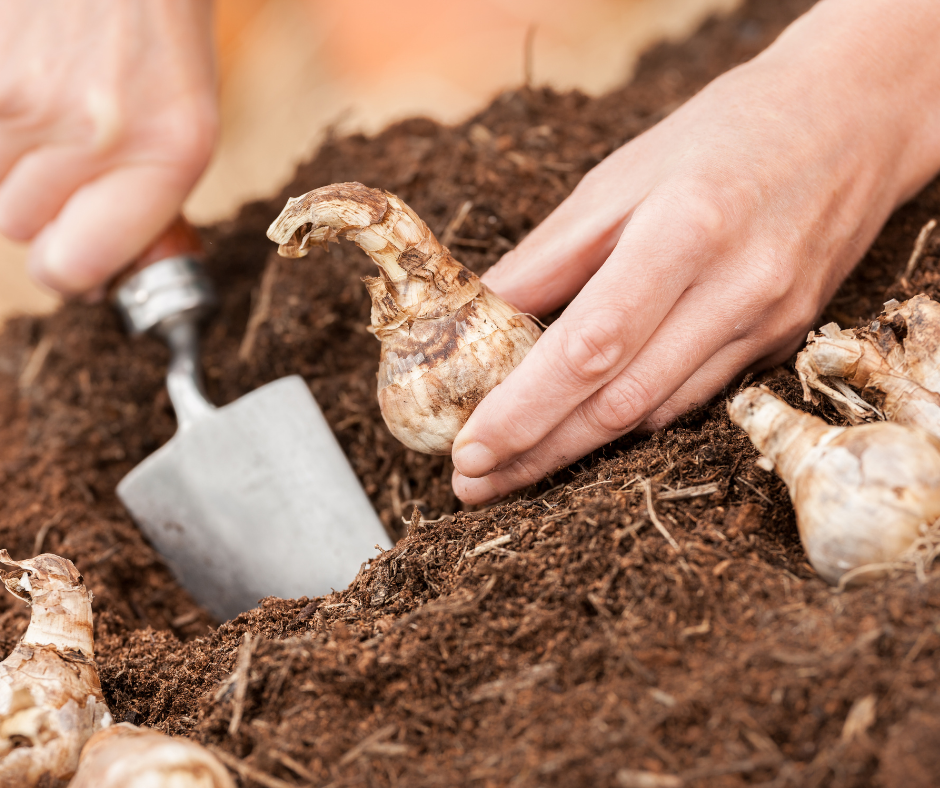
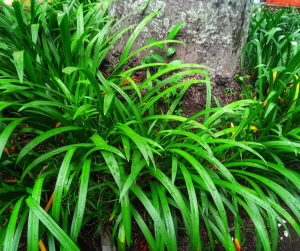
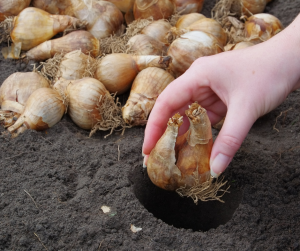
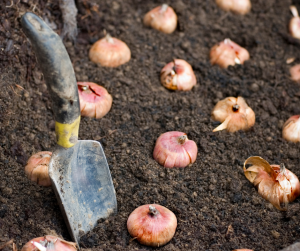
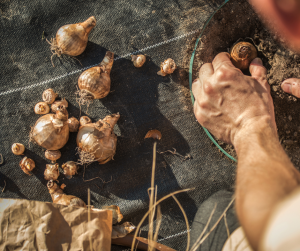
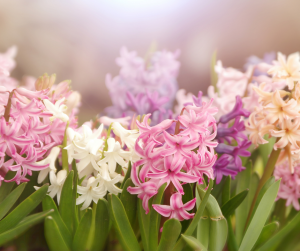
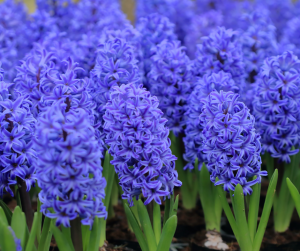
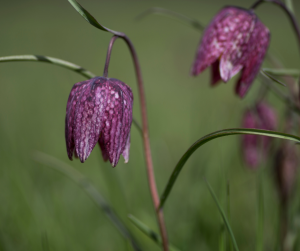
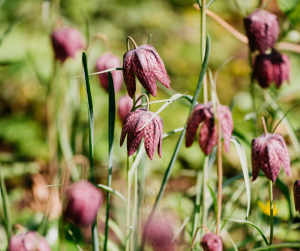
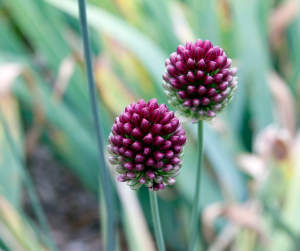
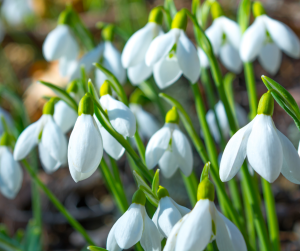
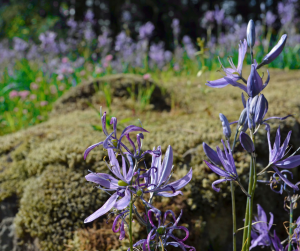
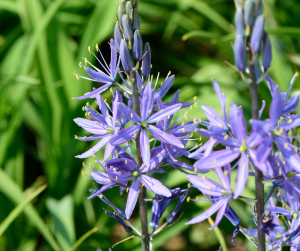
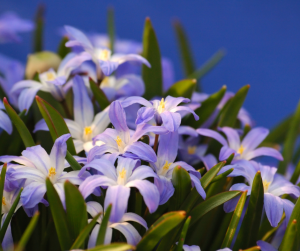
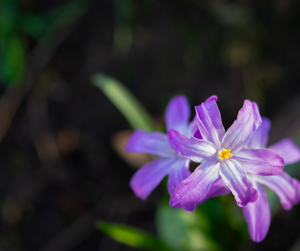
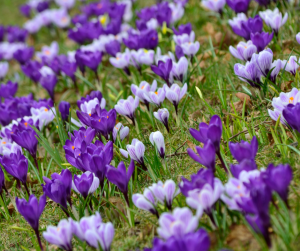
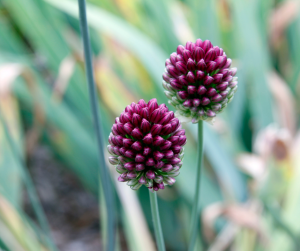
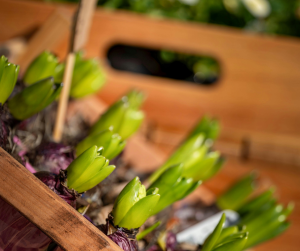
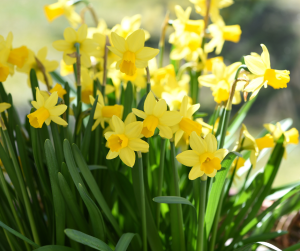
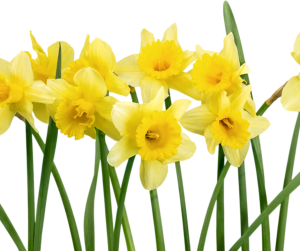
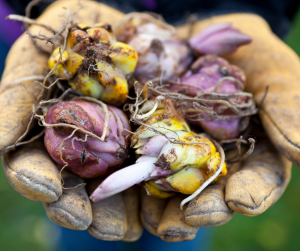
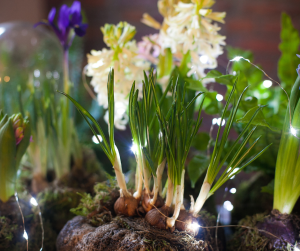
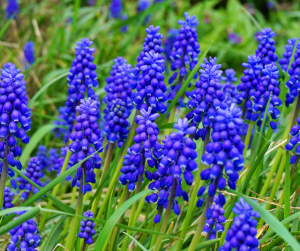
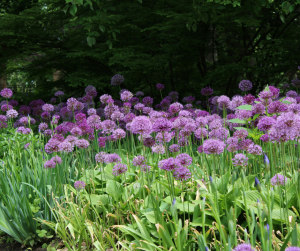
Affiliate links included: I may earn a small commission if you buy through them — at no extra cost to you.
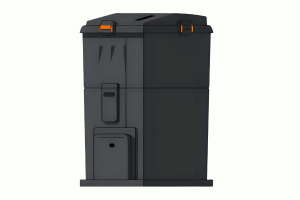
Hot Composters “Hot Bins”
How they work.
Ingredient balancing.
Top tips for success. Troubleshooting.
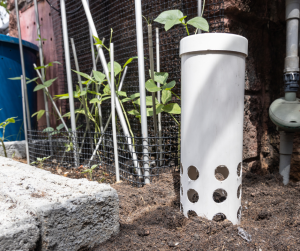
Installing In-Ground Vermicomposter
🌱 Installing an In-Ground Composter: Getting Started In-ground composters are a brilliant low-maintenance option for small gardens, raised beds, and even container setups. They allow
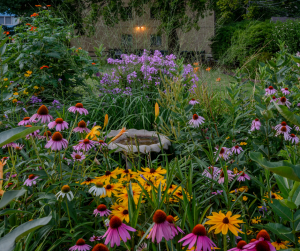
Types of Perennials
Types of Perennials 🌸 What Are Perennials (and Why We Love Them) Perennials are plants that live for more than two years, coming back season
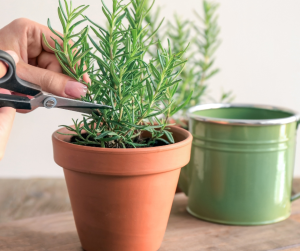
Plant to Propagate in September
September is ideal for propagating a wide range of plants using layering and semi-ripe cuttings, as stems begin to firm while soil remains warm. Hardy shrubs, climbers, herbs, and berry plants like honeysuckle, hydrangea, clematis, and raspberries root reliably during this transitional month.
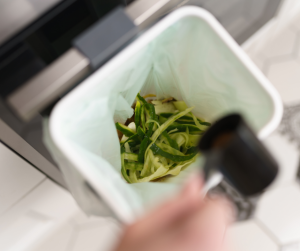
DIY Bokashi Bran for Composting
DIY Bokashi Bran Recipe Making your own Bokashi bran is simple, cost-effective, and surprisingly fun. With just a few ingredients like wheat bran, molasses, and

Carbon Footprint
Have you checked your Carbon Footprint? What is a carbon footprint? Everyone’s heard the term ‘carbon footprint’, but what does it mean in our daily
